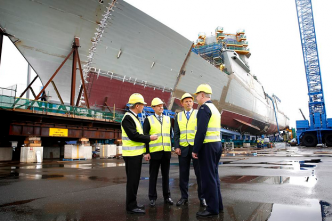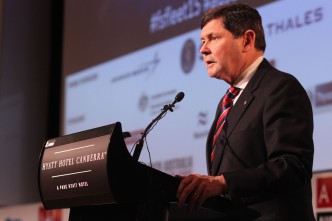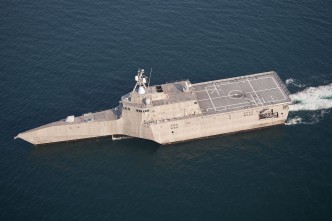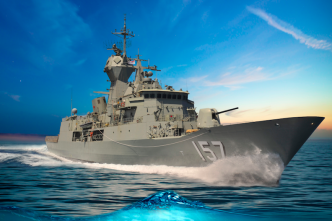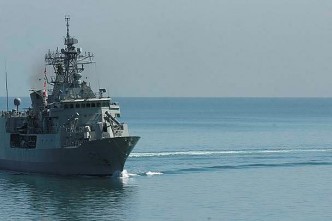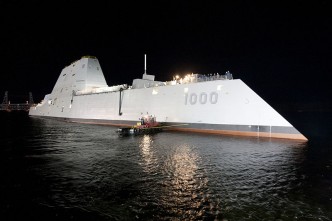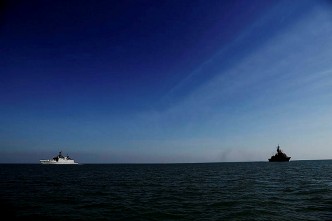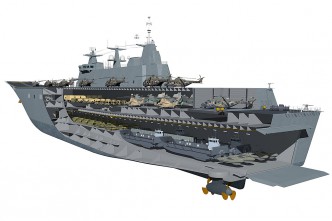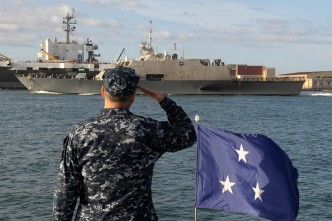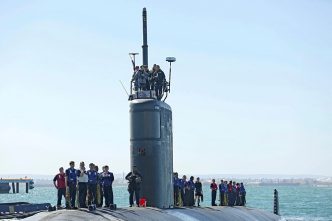The government’s announcement of an ‘$89 billion shipbuilding program’ today is bold on two fronts. First, in the implicit assumption that much of the price premiums paid on past and current projects and the poor …
This week’s Sea State looks at some of the key ideas that emerged from ASPI’s Future Surface Fleet conference, held last week in Canberra. The two-day event brought together a high-powered line-up of local and …
(Or how I learned to stop worrying about naval power and to love the corvette.) Naval capability decisions start with maritime strategy. So I think we should get one. That’s deliberately provocative, but I struggle …
ASPI’s Future Surface Fleet Conference kicked off this morning, with major speeches reflecting a range of positions and political debate. Opening the conference, ASPI Executive Director Peter Jennings lamented the hardline politics of shipbuilding in …
In a recent post I reviewed some of the possible future modifications to the ADF’s force structure. Today I want to look at the particular case of future surface combatants. As I’ve said before, the …
This post is a contribution to a series leading to ASPI’s Future Surface Fleet Conference at the end of March. Early bird tickets are now available. The prospect of future conflict being conducted in contested, extremely …
Along with the submarine replacement program, the size and scope of Army’s future fleet of protected vehicles under Project LAND 400 and the future of the surface fleet are the other big capability choices for …
The recent visit by the US Defense Secretary Chuck Hagel to Indonesia was concluded with a decision to sell eight Boeing AH-64 Apache Longbow gunship helicopters worth US$500 million to the Indonesian Army (TNI-AD). The …
There has been quite a spirited debate (here and here) about the meaning behind the largest ships ever built for the Royal Australian Navy. In thinking about this further, maybe we should return to more …
For the first graph of 2013 we’re going back to a topic that has been exercising the minds of force planners around the world for decades: how can we keep up with the rising unit …
Many believe attacks on Russian warships by Ukrainian forces using uncrewed surface vessels (USVs) represent a fundamental shift in warfare at sea. Hugh White has argued that ‘surface ships these days are just inherently very …
Today marks 12 months since the release of the ‘optimal pathway’ Australia needed to follow to acquire a force of nuclear-powered and conventionally-armed attack submarines (SSNs) under the AUKUS agreement with the United States and …


